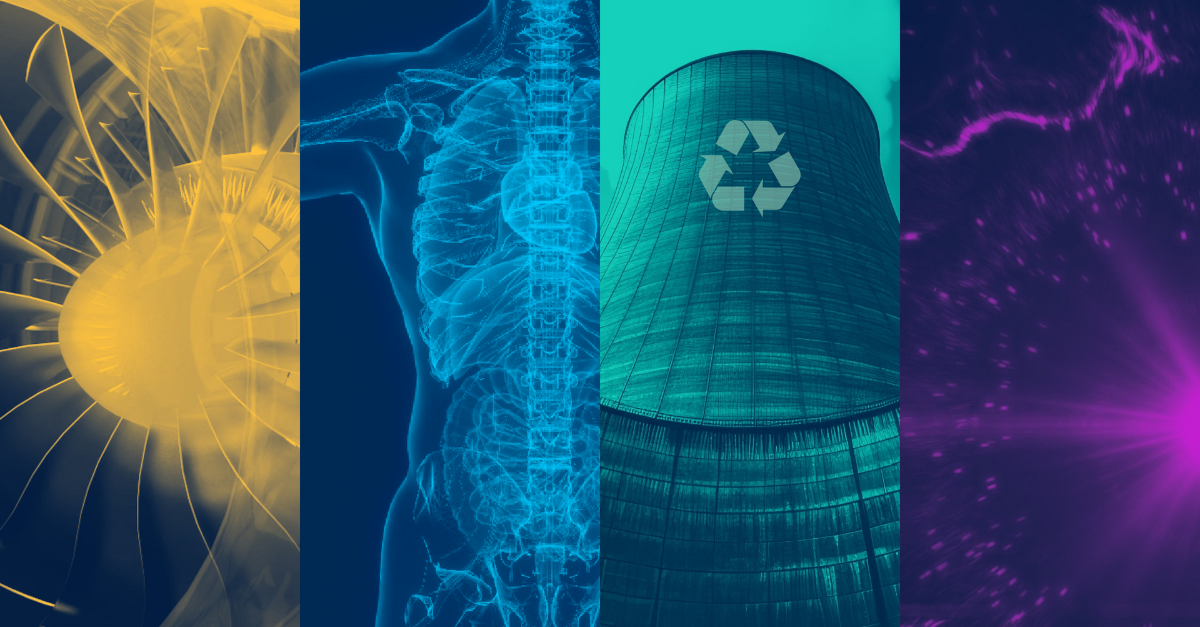
Most fusion companies are pursuing the same dream: build a reactor that produces more energy than it consumes. It's the holy grail that could power humanity forever. And, as the joke goes, it’s still “10-20 years away.”
We’re taking a different path – one that’s doing fusion right now.
On Jacob Goldstein’s podcast “What’s Your Problem?”, our founder and CEO Greg Piefer shared why we're making money from fusion right now instead of waiting decades for the perfect power plant.
The secret? We sell neutrons – tiny particles that come from fusion reactions.
"We sell fusion to the highest bidders," Greg explained. "And the highest bidders are not people who buy energy."
Greg learned this approach by studying how deep tech industries scale. Take semiconductors for example. Moore's Law was fueled by profitable products at every step. Early computers served niche markets willing to pay premium prices. As the technology improved, costs dropped and new markets opened up.
Battery tech followed a similar path: powering toys to laptops to cars. Each step paid for the next.
We found our own stepping stone: neutrons.
One kilowatt-hour of heat from fusion might sell for five cents. But those same reactions create neutrons that are used in industries where they’re worth much more.
We use those neutrons for industrial inspection, especially in jet engine safety. Modern engines run so hot that tiny cooling tubes keep the turbine blades from melting. If just one of those channels gets blocked during manufacturing, the blade can fail and the engine with it.
X-rays and ultrasound can't detect these flaws in advanced materials. But neutron radiography can. It spots hidden problems that other imaging methods miss.
This work helps keep planes – and pilots – safe, and that’s worth far more than selling electricity.
We also focus on medical isotopes – radioactive materials used in 50 million diagnostic and therapeutic procedures each year. These isotopes help doctors detect heart disease, treat cancer, and guide care.
The problem? Most medical isotopes come from 60-year-old research reactors that break down. For 15 years, global supply shortages have disrupted care and delayed treatment.
That's where our Chrysalis facility comes in. It’s designed to house six fusion machines that will produce medical isotopes using our fusion technology. Once online, it’ll be the world’s largest producer of medical isotopes and a reliable alternative to aging reactors.
There’s a lot of debate about which fusion technology will win, or which company might commercialize fusion energy first.
"I'm cheering for everybody," Greg said. "I would love to see anyone be successful. This is a tool that I want to see in my lifetime."
The reasoning is practical. The more fusion companies succeed in different applications, the faster the whole field moves forward. By the time someone builds a power plant that produces more energy than it uses, we'll have built dozens of fusion systems and perfected our manufacturing.
"We're going to have an amazing delivery engine that can manufacture fusion systems at scale," Greg explained. "Whatever technology is successful, we know we’ll have a role to play in bringing this economically to the world."
Our path may look different – but it’s working. And it’s laying the groundwork for the future that fusion needs.
Listen to the full podcast here.